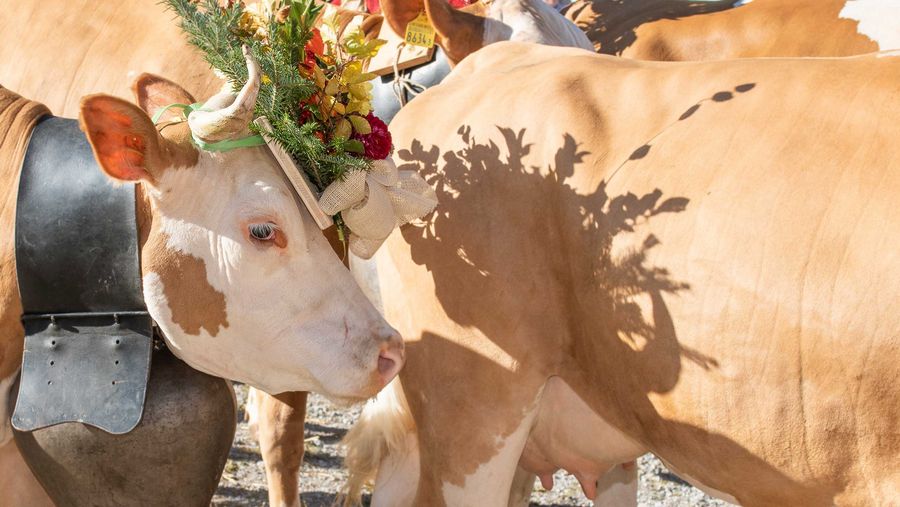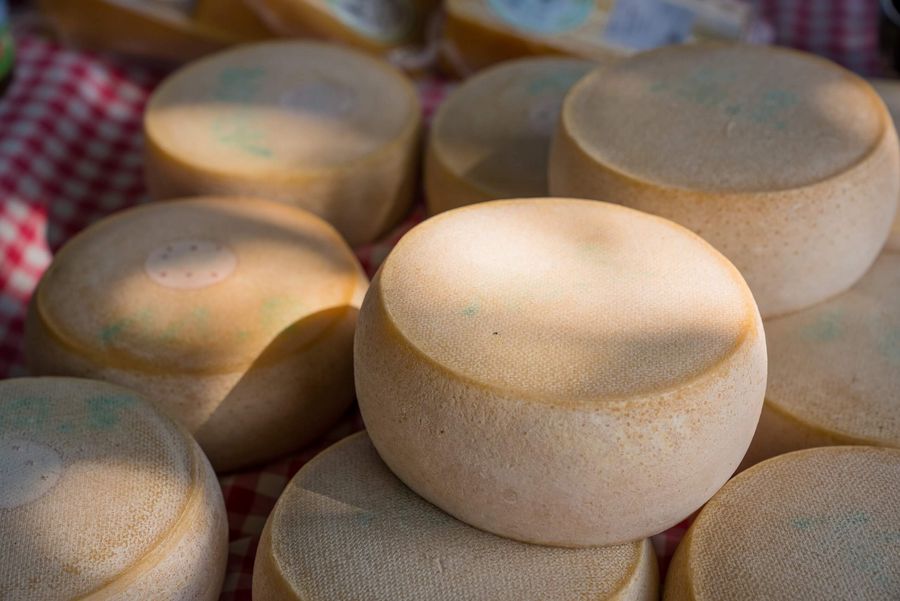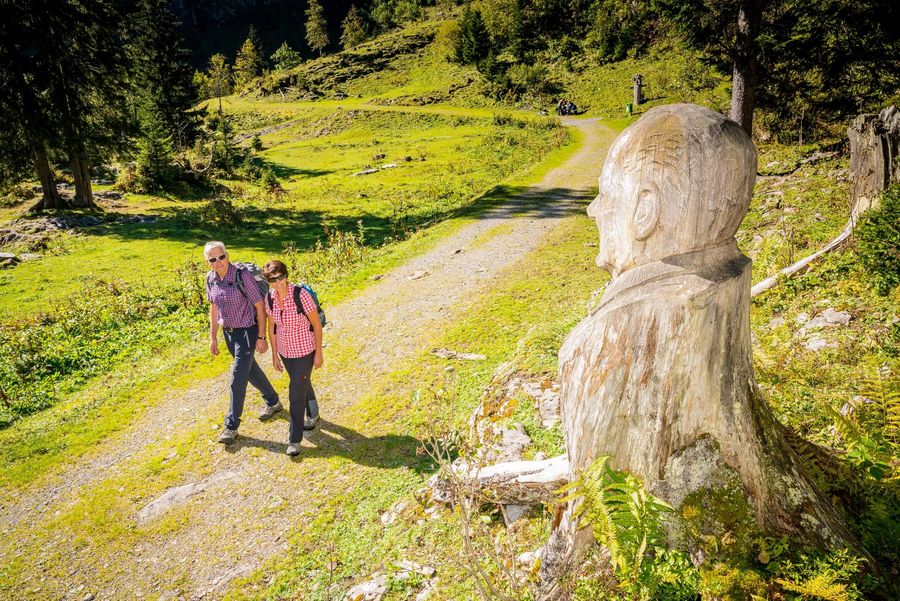Switzerland is home to many vibrant traditions that date back centuries, such as Swiss Alpine Wrestling, yodelling, alphorn playing, flag swinging and dancing in traditional dress. The herdsmen of the Holiday Region Interlaken have always loved a good party. In 1805, the Unspunnen Festival was held in the Holiday Region Interlaken for the first time, with the aim of forging bonds between the urban and rural communities. It is the largest traditional festival in Switzerland and is held to this day every 12 years. The next Unspunnen Festival, which also features Unspunnen Wrestling and parade, will take place in 2029. In the meantime, in the summer months the Kulturbühne Interlaken featuring traditional music and folk songs takes place in Interlaken, Matten, Unterseen and Wilderswil.



